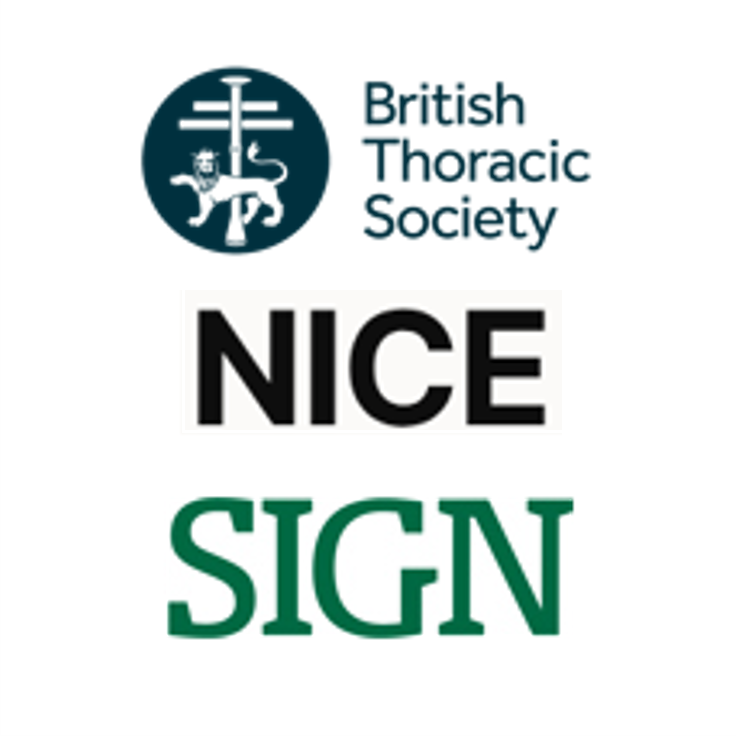Why the committee made the recommendation
The treatment pathway recommended in this guideline update for people aged 12 and over relies on using MART with increasing dose of regular ICS/formoterol, depending on response to treatment. This is a different strategy from that recommended by previous guidelines (NICE and BTS/SIGN) and many people will be on treatment that is not part of this new pathway. The committee recognised that this will cause a problem for these people when their asthma is not controlled. They therefore discussed and agreed how treatment should be changed in these circumstances. They noted that the general advice about checking inhaler technique, adherence, etc. (see the first recommendation in the section on principles of pharmacological treatment) before escalating treatment still applies here. The recommendations are not based on a specific evidence search, but the committee noted that people in the MART studies reviewed for recommendations 1.7.3 to 1.7.6 (see the section on medicine combination and sequencing in people aged 12 and over) were taking some form of non-MART therapy before study entry and that the improvement shown in comparison to both baseline and to the control treatments support the switch to MART.
How the recommendation might affect practice
The recommendations will result in more people being switched to MART than to other treatment options, but MART is used at present, and the change should not be disruptive.
Full details of the evidence and the committee’s discussion are in evidence review P: drug classes for initial asthma management and evidence review Q: drug combinations and sequencing for asthma management.
